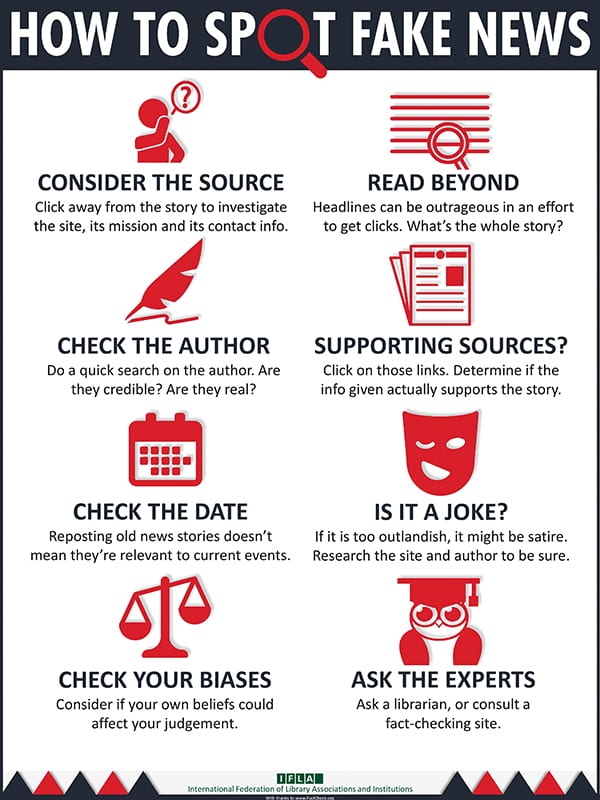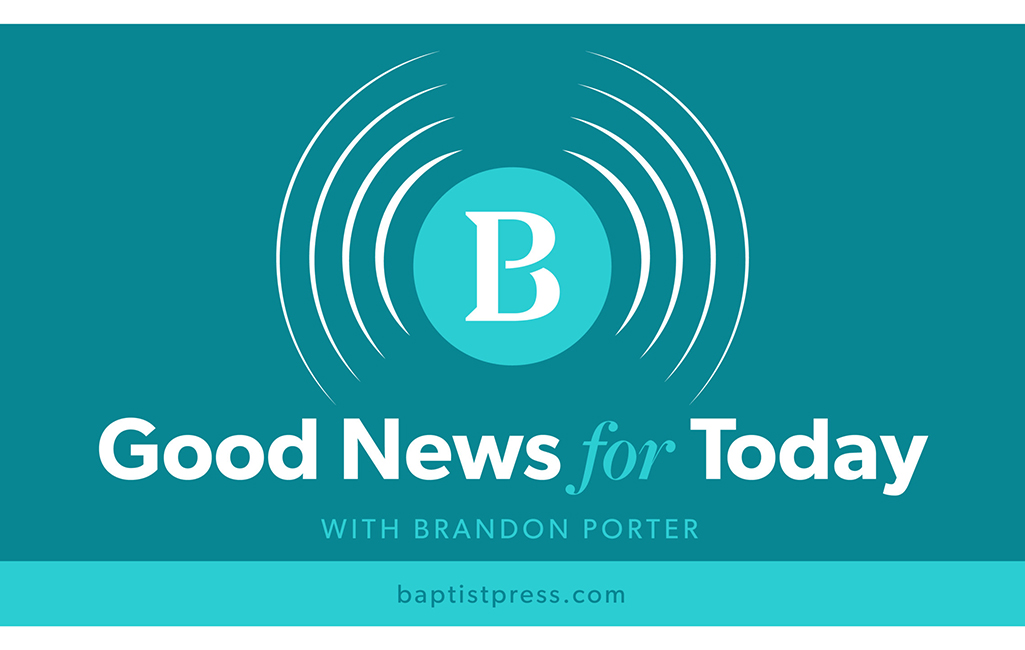Americans are increasingly skeptical about the trustworthiness of what they read or view online or in print publications, and most are uncertain about their ability to tell the difference between truth and “made-up” news.
According to a recent Pew Research Center survey, just 29% of Americans are “very confident” in their abilities to check the accuracy of a news story, 46% are somewhat confident and 24% have little to no confidence in doing so.
Damaging to U.S.
Americans also believe the creation and spread of “made-up news and information” is damaging to the country and must be curtailed. In fact, Pew Research Center reported, “more Americans view made-up news as a very big problem for the country (50%) than say the same about terrorism (34%), illegal immigration (38%), racism (40%) and sexism (26%).”
Clay Carey, assistant professor of journalism and mass communication at Samford University, told The Alabama Baptist (TAB) News host Jennifer Davis Rash and co-host Debbie Campbell that the central purpose of trustworthy journalism is to inform people in order to facilitate a better public conversation.
“All of us are part of at least one community and sometimes many different types of communities,” Carey said. “In those communities when we can be active participants, when we can put our ideas, our beliefs and our thoughts into the ebb-and-flow of discussion in those places, then we become active participants, and the community becomes better for our participation.”
Journalists, he believes, can “enable” or “restrict” such public conversations.
Rocking the boat
Sometimes even well-meaning journalists, in an effort of “not wanting to make people upset, not wanting to rock the boat,” avoid certain topics or ideologies. This approach, he said, “works to the detriment of life in a community or life in a nation.” Sometimes, good journalism “requires making people uncomfortable.”
He teaches the importance of “fairness” to his journalism students, but he also recognizes that it is “so easy for people who wish to deceive or … push an agenda or idea, regardless of whether the facts support that – it’s become so easy for them to create something that looks authentic. It is quite concerning in terms of what people can produce to try to mislead an audience,” he said.
Fairness needed
“Fairness and making an active effort to be fair is one of the central antidotes for journalists being perceived, and sometimes rightfully so, as being a voice for only one side of an issue.”

One challenge, he said, is that, “We live in a world now where anybody theoretically can be a journalist – anybody can pull out their cell phone and record a video and put it on the internet and have an impact.
“It’s very easy for people who wish to spread misinformation to do so in a shell that looks completely legitimate.”
Professional journalists through the ages have been expected to adhere to the Society of Professional Journalists (SPJ) Code of Ethics, which calls for journalists to seek truth and report it, minimize harm, act independently and be accountable. The SPJ Code of Ethics states that the code “is not a set of rules, rather a guide that encourages all who engage in journalism to take responsibility for the information they provide, regardless of medium.”
To check the accuracy of a news story, Clay encourages news consumers to avoid the temptation to “only consume news” presented from one ideological position.
“We’re better informed when we’re catching information from different perspectives,” he said.
And if only one media outlet, such as a blogging website, is reporting a story, that’s a “cue that what you’re looking at maybe deserves an extra level of skepticism.”
News consumers should become more astute at understanding various terms, such as news analysis or commentary, which can tend to be subjective rather than objective.
Clay added that email newsletters help him to be a better news consumer.
Credible sources
Further, Clay encourages news consumers to look for the primary source of the reported information.
“Good journalists, acting in a transparent way, will make it very clear where the information they’re getting is coming from,” he said.
“Historically, across the long arc of journalism in America, there hasn’t been a huge demand for journalists to be transparent … Journalists can’t operate like that anymore; journalists have to be more transparent …
“That lack of transparency, I think, is a key contributor to some of the trust issues that journalism is seeing right now.”
(EDITOR’S NOTE – Margaret Colson is the special assignments editor for The Alabama Baptist. This article was originally published on thealabamabaptist.org. Reprinted by permission. To listen to the TAB News podcast in its entirety, go to tabonline.org/credible-news.)

